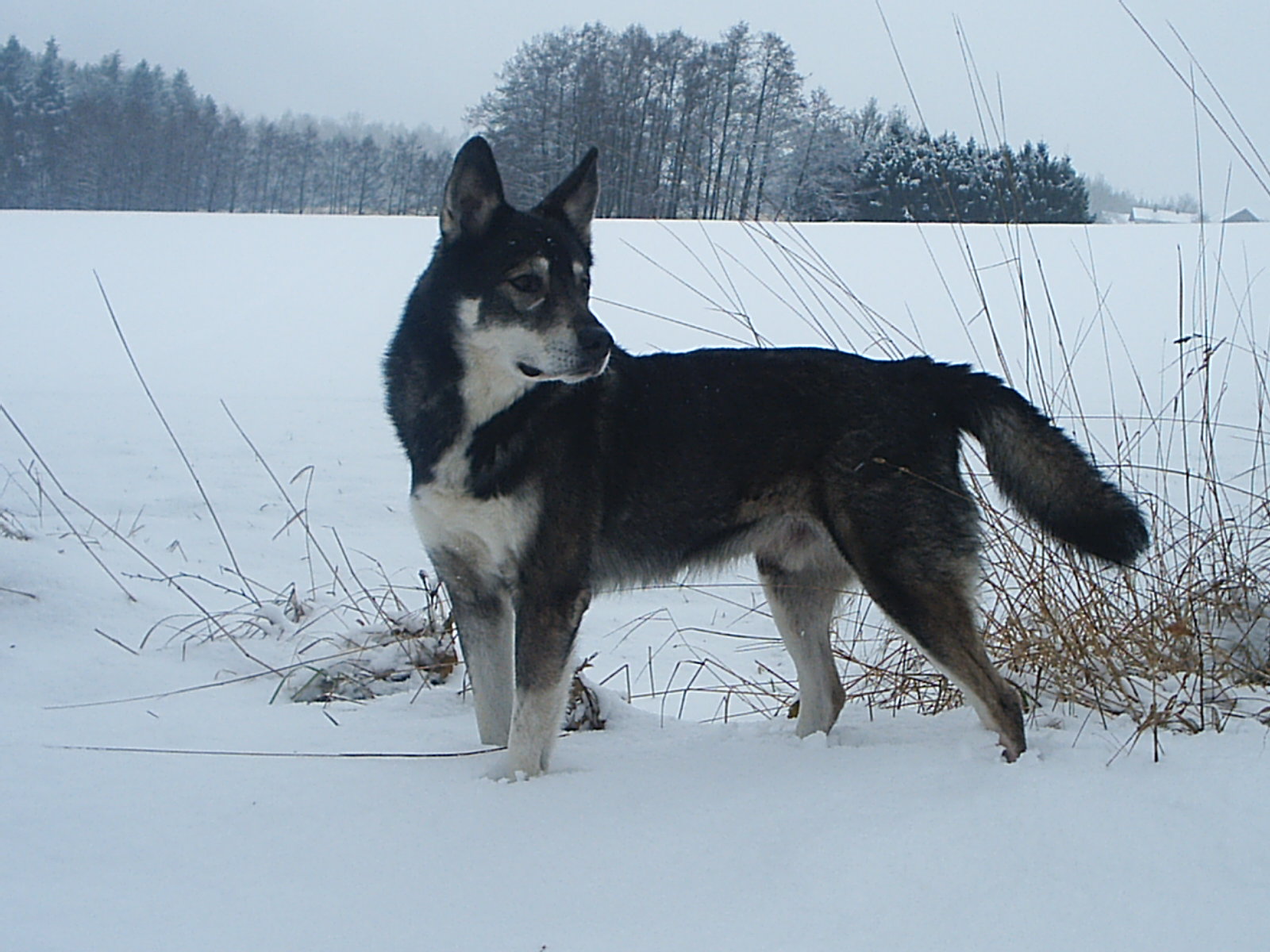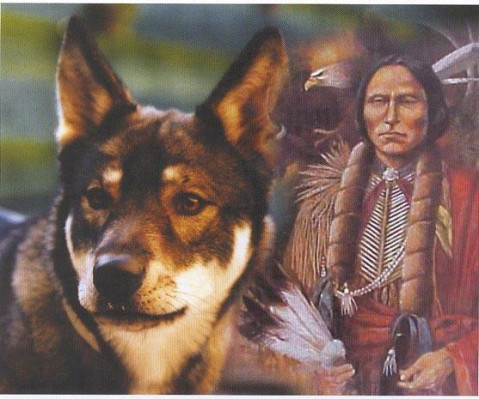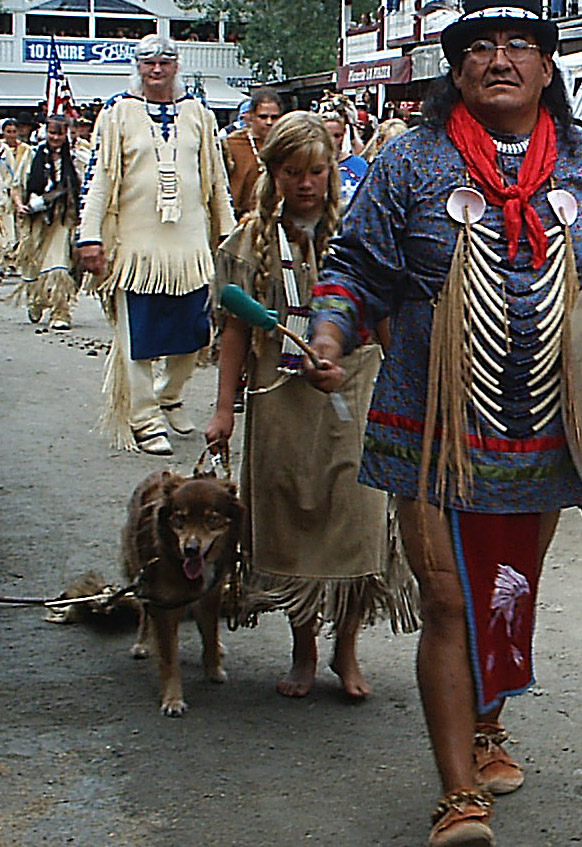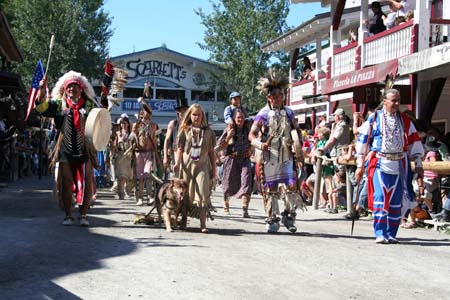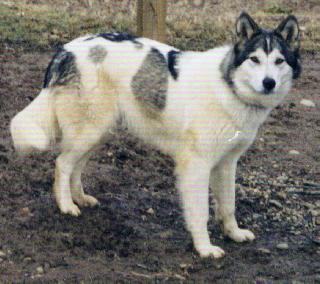
The American Indian dog is a working nurturing all around type, medium sized and lightly built, primitive breed with a natural looking muzzle, and longish pricked ears. Their bushy tail is carried down with a slight curve. The head is in proportion to the body. The muzzle is wedge-shaped and moderately long to provide balance to the longish pricked ears. The stop is gentle, providing a flowing balanced curve from the plane to the muzzle to the top of the skull. The skull is slightly domed between the ears. The eyes are medium sized and almond shaped. Eye color includes Pail Yellow or Pail Blue with the occasional silver/gray. The eyes have an intelligence, which looks into you, not past you. The ears are moderately long and wide set. They tilt slightly forward on the head, and are firmly pricked and large. Triangular in shape and well furred. The ears are very mobile. The nose is medium sized, black in color, with the liver color excepted on certain colors. The lips are thin and black. The teeth are a scissor bite only. Full and sound dentition required. The neck is medium length and strong. A good-sized ruff is present, but should not detract from the clean, trim appearance. The back is straight and slightly longer then tall. Loins are strong with a good distance between last rib and hip. Chest is deep, but not broad. Good tuck-up. Forelegs slightly turned out and finely boned. Good musculature with closely set withers and good lay back of shoulders. The front pastern slopes slightly when viewed from the side. Rear legs are long, & very angular, (not post legged), and well muscled. The back slopes slightly into the croup. Hocks well defined and parallel. Rear dewclaws are not present in Indian Dogs. The feet are cat like and webbed. Rounded with thick pads. Toes are close and well arched. The tail is medium length and reaching to the hock, carried down with slight curve. It may be held up when showing dominance or straight out when running, but never curled forward past the perpendicular. The coat is medium length and shiny. It has a short thick plush undercoat with long guard hairs that stand off from body. Hair is longer on the chest, ruff, shoulders, back of legs, and tail. COLOR & MARKINGS: Black, blue, white, golden red, gray, red & tan, tan, chocolate, cream, fawn, and silver. All colors have sable shading with darker tipped guard hairs. All colors blend gently together (sable), with very little spotting or defined line between colors. The tail has a dark scent marking (spot) 3/4 up from tip. Some white on the chest, feet, caller and tip of the tail is accepted.
add infoA thinking breed, these dogs are very instinctual and territorially conscious. This creates an intense bonding, shown in pack loyalty to their family. They are never vicious, but always alert and tend to be cautious with strangers. They are excellent home and family watchdogs, capable of adjusting to any environment. Working versatility is one of the breed’s exceptional qualities. This breed needs calm, but firm, confident consistent pack leader who displays the proper authority over the dog to avoid any behavior issues. Be sure to socialize well.
add infoNo breed specific genetic problems and very healthy in the body and mind.
add infoAmerican Indian Dogs are said to be traced back to 30,000 years in North and South America. Mainly the many groups of Plains Indians in the United States developed these dogs by combining all the types they traded from all the Indian Nations around them. Not having any other domestic animals, the dogs were very important to their entire culture. For thousands of years, Native Americans used these dogs for hunting, tracking, guarding and herding. They were also used as pack animals, and would pull the family’s travois as they moved or migrated. They would keep their owners warm at night, and provide wool for weaving and trading. The most important objective in preserving this ancient breed is maintaining and improving its natural balance, primitive instincts, and versatile working abilities, for which it was originally developed. This truly beautiful, naturally balanced, all-American dog was close to extinction only a few years ago. Now, thanks to all the years of research and selective breeding, hopefully, they can regain their proper place in our society to teach man to stay in touch with his natural instincts and the beauty around him.
This breed requires an experienced owner. They are a cross between the Coyote, Australian Kelpie, and the Dingo. The Native Americans use to call these dogs the Song Dogs for the singing sounds they made while hunting buffalo. Indians referred to this breed as God's dog. There are now also Am Indian Dogs aka Song Dogs in Europe
add infoThey keep themselves clean with minimal doggy odor and some have hypoallergenic coat.
They are a hypoallergenic and have one shedding season in the spring.
add infoPrefers plenty of space, but can adjust to any lifestyle with proper socializing, exercise and training. This breed needs to be taken on a long daily walk. This breed has an average life expectancy of 14 to 18 years.
These are dogs that thrive when given a job to do. They make great pets as long as they are exercised everyday for about 45 minutes to an hour. They make great hiking companions and are wonderful with children. They also make excellent service dogs and love to be close to their owners. This breed especially enjoys long walks and they will be required to keep well exercised.
add info| Puppies For Sale | Find a Breeder | Rescue a Dog |
|---|---|---|
| Be the First to take out an Ad! |

Berlin, DE
Die Hobbyzucht im „Butzemannhaus“ ist geprägt von Liebe und Respekt gegenüber den Tieren. Ich sehe meine Tiere nicht... |
Be the First to take out an Ad! |
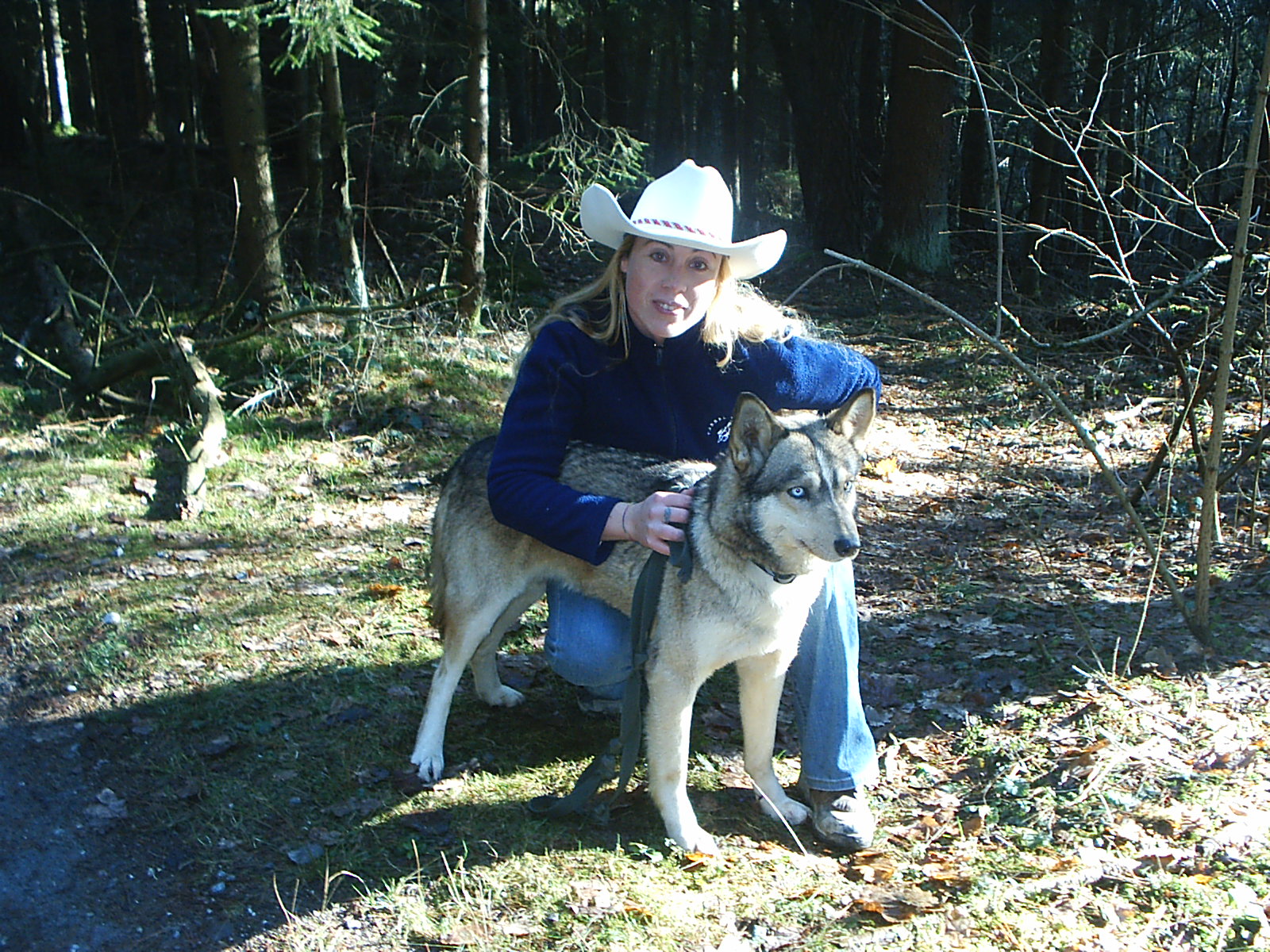 |
Are these dogs non allergetic? Yes. |
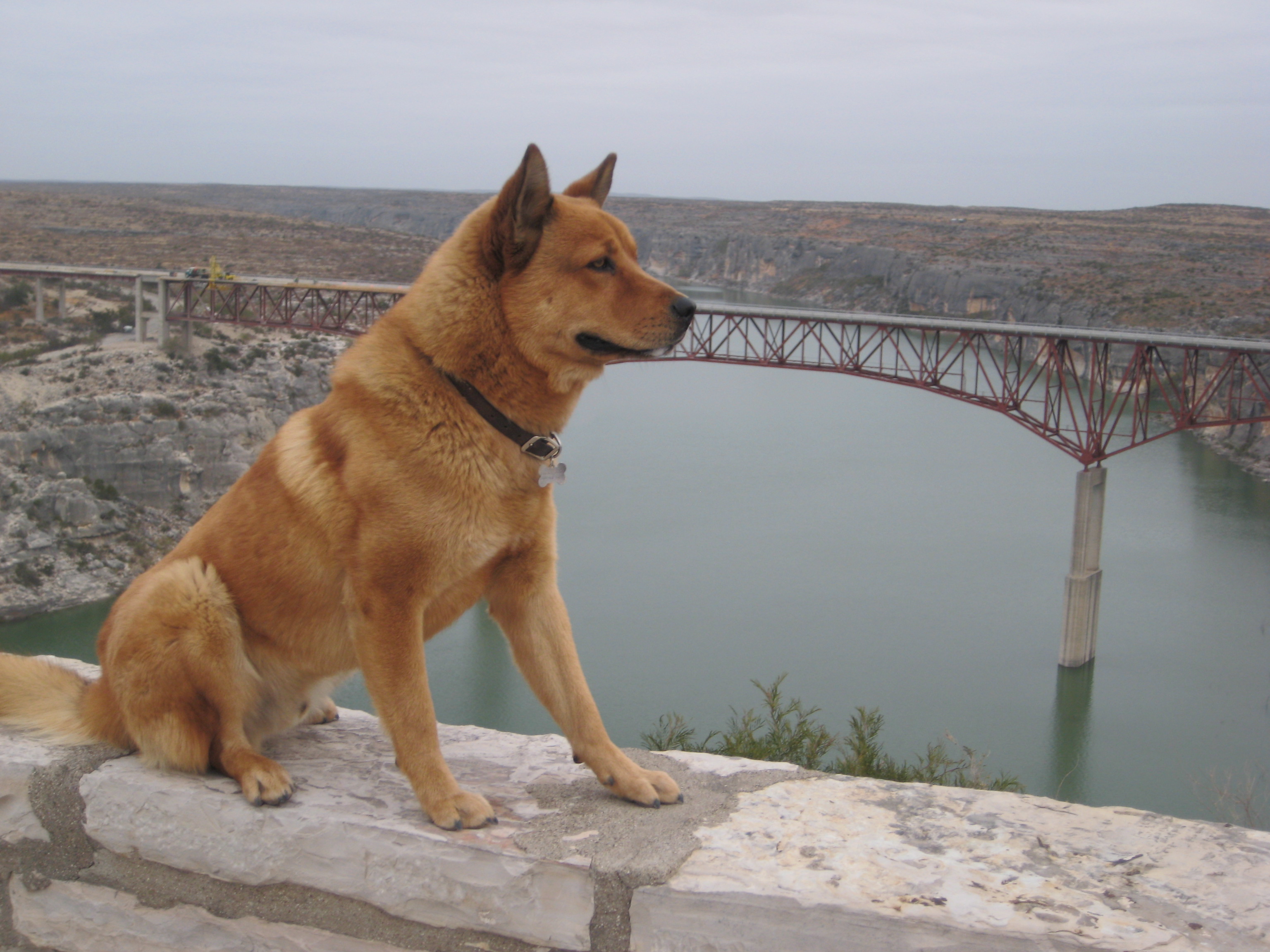 |
If you don't get any specific advice about your breeds, I would separate the two parent dogs until the puppies are well grown or have left home, to stay on the safe side. |
 |
With the name like Song dogs, are they a vocal breed? The name came from what coyotes are called..... |

